Lemurs Are the Most Endangered Mammals on the Planet, And This Adorable Baby Is Their Future
The vast majority of lemur species are facing extinction, but this baby Coquerel’s safika is trying to help
/https://tf-cmsv2-smithsonianmag-media.s3.amazonaws.com/filer/Lemur-baby-470.jpg)
At the end of last year, this completely-adorable-but-sort-of-alien-looking baby was born at the Duke Lemur Center in Durham, North Carolina. Named Beatrice the Swabia, this baby Coquerel’s sifaka is the latest addition to the lemur center’s population—the result of a captive breeding program that is helping to protect the species from extinction. According to Duke there are just 56 Coquerel’s sifakas living in captivity, and the Lemur Center is responsible for every single one of them.
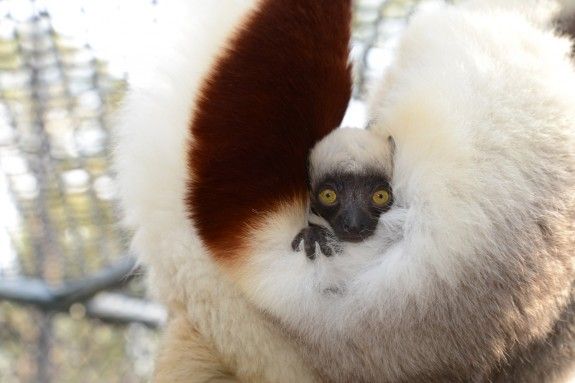
As a group, lemurs—a type of prosimian—are teetering on the edge, with 94 of the 103 known species facing extinction.
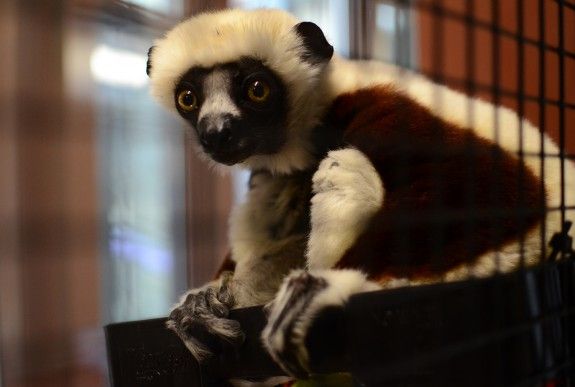
With their natural habitat being slowly wiped out, captive breeding programs are becoming increasingly important to the preservation of these amazing little primates. At the Duke Lemur Center, just 230 lemurs represent the world’s second-largest population of lemurs—the only larger population is in lemurs’ natural habitat on the island of Madagascar.
“Lemurs are now considered the most endangered mammals on the planet,” says Chris Smith, an education specialist with the Duke Lemur Center.
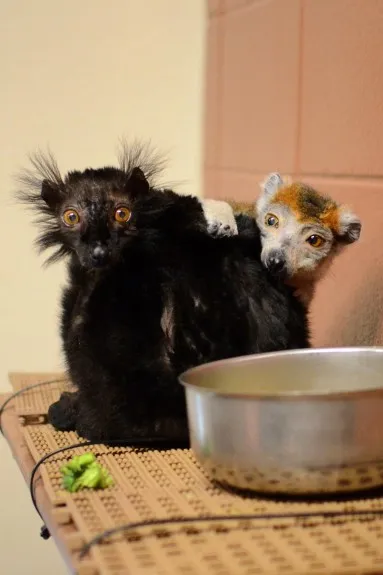
Naturally, lemurs live only on the island of Madagascar, a vast country off the eastern coast of Africa. Massive deforestation and the fading of cultural mores that once protected the primate species have driven the vast majority of lemur species to be considered either vulnerable, endangered or critically endangered. A 2009 coup, says Smith, has made conservation efforts more difficult.
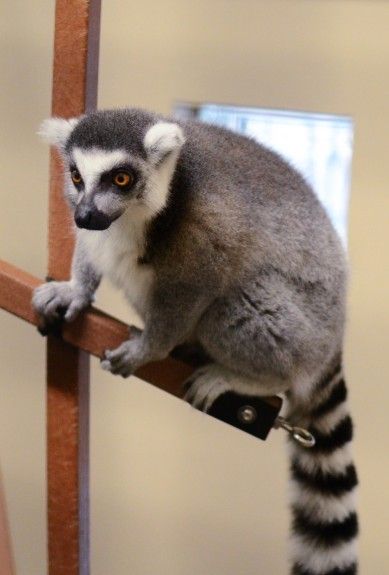
To protect the genetic diversity of the captive lemur population, the Duke Lemur Center works with other zoos and facilities to run a controlled breeding program. Which means, in theory, more adorable babies.
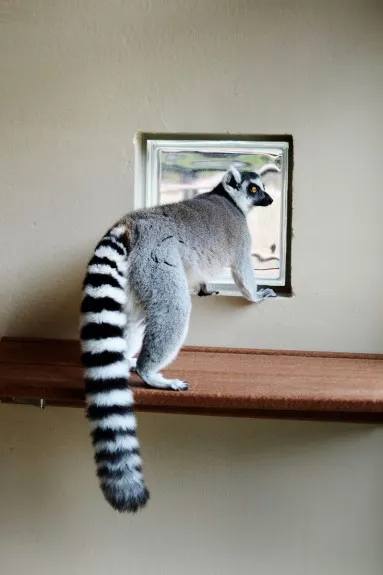
More from Smithsonian.com:
/https://tf-cmsv2-smithsonianmag-media.s3.amazonaws.com/accounts/headshot/smartnews-colin-schultz-240.jpg)
/https://tf-cmsv2-smithsonianmag-media.s3.amazonaws.com/accounts/headshot/smartnews-colin-schultz-240.jpg)